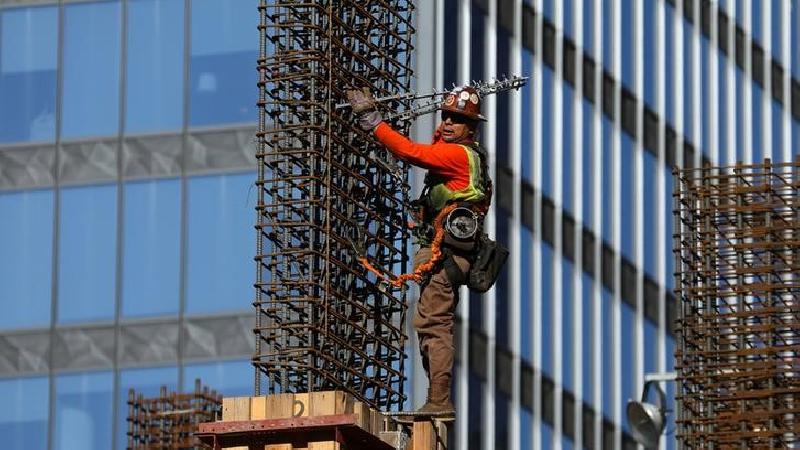

Six years after its implementation, India’s Insolvency & Bankruptcy Code (IBC) has a poor track record for real estate with the lowest resolution rate among all sectors. However, it has driven superior value realisation by financial creditors, with this class of creditors realizing 66% of the admitted claims as compared to just 31% of admitted claims realised in other sectors.
The Insolvency & Bankruptcy Code (IBC) was implemented in 2016, One of the most important milestones in the evolution of IBC was an amendment which recognises homebuyers as financial creditors. This means that home buyers are now effectively considered at par with banks and other institutional creditors when it comes to recovering dues from real estate developers who have gone bankrupt.
According to a joint report by Anarock Property Consultants and leading law firm, Khaitan & Company, 25,225 cases involving a total of INR 10.5 trillion have been disposed off under its Sections 7, 9, and 10. The report points out that while real estate comprises just 5% of all cases under IBC, its resolution rate is among the lowest. On the other hand, IBC has driven superior value realization by financial creditors in real estate – with this class of creditors realizing 66% of the admitted claims as compared to just 31% of admitted claims realised in other sectors.
The Insolvency and Bankruptcy Code, according to Shobhit Aggarwal, MD & CEO, of Anarock Capital, has been very effective in helping lenders secure their dues from real estate developers who have gone bankrupt, in a much quicker time span than witnessed earlier. However, successfully resolving insolvencies and driving value realization through this code requires adequate planning and a structured approach.
While highlighting the complications faced in trying to resolve these insolvencies, the report delves into why real estate has the highest proportion of ongoing cases. According to Aashiesh Agarwaal, SVP Research & Investment Advisory, Anarock Capital, real estate has the highest proportion (54%) of ongoing cases under the Corporate Insolvency Resolution Process (CIRP), followed by other industries like construction, electricity, and transportation. The report also takes stock of the progress made on marquee cases involving real estate, including Ariisto Developers, Unitech Ltd., Supertech, Radius Estates, Jaypee Infratech, Amrapali Group, Lavasa Corp, and DS Kulkarni.
IBC’s framework is designed keeping in mind a resolution timeline of 330 days. However, the time it takes for a resolution plan to be accepted is usually much longer than that. With real estate being a particularly vexing field for the IBC, the report finds that the way forward for resolving real estate developer insolvencies to ultimately benefit stakeholders including homebuyers is anything but smooth.
Given the complexities involved in the real estate sector, it is very challenging for the resolution professional to run the business of insolvent real estate companies and ensure the completion of the projects, says Sudip Mullick, Partner Khaitan & Company. The report discusses about the best way forward for the efficient resolution of real estate projects which safeguards the rights of homebuyers and other stakeholders.”
The insolvency resolution of real estate companies has its own challenges. As per Kumar Saurabh Singh, Partner, Khaitan & Company, due to the involvement of various homebuyers in the real estate project and a high level of public interest, the courts have adopted a purposive stance to surmount the unique legal issues that emanate from the insolvency resolution of the real estate sector. The report outlines some of the recent developments and potential changes related to the IBC, including the IBBI’s recent amendments in the CIRP regulations that allow the sale of assets in the CIRP of corporate debtors. This move is expected to eventually increase the efficiency of project-wise resolution in real estate companies. The report takes a close look at the interplay between IBC and the real estate sector, such as key legislative developments within IBC impacting the sector, landmark judgments, and the resolution track record in real estate v/s. overall resolved cases, and the time taken in various cases to resolve real estate insolvencies.
Going forward, the stakeholders including the financial creditors as well as home buyers need to work in a coordinated manner to bring the best outcome in the resolution process.
1
2
3
4
5
6